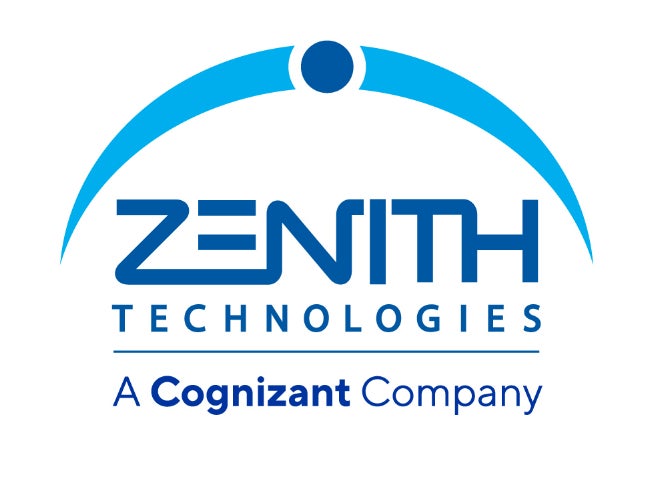Validation is important for data integrity, which is a growing area of concern for life science companies.
In an industry that needs to be able to have complete confidence in the data produced, data integrity is critical and no matter where the data sits, its accuracy is the responsibility of the pharmaceutical production company.
In the pharmaceutical industry, most processes need to be validated with the protection of the patient a priority. Slip ups in validation can damage a company’s reputation overnight and breaches compliance regulations.
Validation is not a quick fix as processes and companies evolve, as does the need to re-validate. It is an ever changing environment that requires constant attention in order to prove an ongoing state of compliance.
In this regard validation can be described as an ever moving target and it’s easy to see why.
Steps to ensuring validation evolves with production and process changes
- Control: Validation required a vast amount of pre-planning to be successful and accurate. It needs to be a highly organised process with clear responsibilities laid out upfront. It needs to be continuously re-visited
- Understanding: The processes being validated need to be clear and understood by the validator with critical data points and parameters clearly defined. Critical knowledge needs to be continuously shared and updated throughout the organisation
- A risk-based approach: The risk to quality, based on scientific knowledge needs to be linked to the risk to the patient. Matrixes that highlight the likelihood and certainty of a problem occurring with a clear contingency plan (see flow chart below) can help.
Reference > Potential Problem > Consequence > Cause > Preventative Action > Contingency Plan
Flow charts, check sheets and process mapping can also strengthen data integrity position.
- Planning and preparation: This is twofold, including both a validation and a project plan that will reduce the risk of things going wrong. This needs to be a document that is updated as new risks occur.
Validation will be a continuous process, but by using experts, team work and preparation, it does not have to be a headache.

